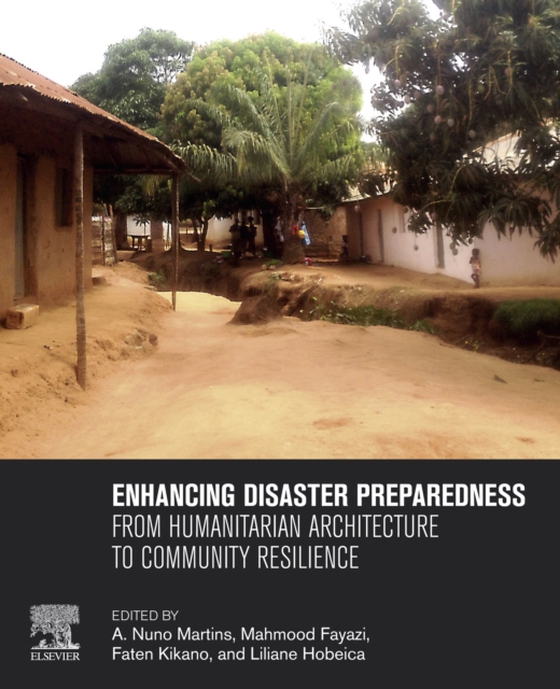
Enhancing Disaster Preparedness e-bog
1021,49 DKK
(inkl. moms 1276,86 DKK)
Enhancing Disaster Preparedness: From Humanitarian Architecture to Community Resilience relates to the fourth priority of the UNDRR's Sendai Framework for Disaster Risk Reduction 2015-2030. Taking a wide understanding of disaster preparedness, the book deals with resilient responses and building capacities related to hazardous events, bringing some practical experiences and theoretical insights...
E-bog
1021,49 DKK
Forlag
Elsevier
Udgivet
7 oktober 2020
Længde
298 sider
Genrer
Climate change
Sprog
English
Format
pdf
Beskyttelse
LCP
ISBN
9780128190791
Enhancing Disaster Preparedness: From Humanitarian Architecture to Community Resilience relates to the fourth priority of the UNDRR's Sendai Framework for Disaster Risk Reduction 2015-2030. Taking a wide understanding of disaster preparedness, the book deals with resilient responses and building capacities related to hazardous events, bringing some practical experiences and theoretical insights in this regard. Mostly based on field research conducted in the Global South by architects and other built-environment professionals, the book covers both post-disaster interventions (rebuilding and recovery) and development-related processes.Its three parts address the interlinkages between humanitarian design, community resilience, and inclusive governance, which are crucial for fostering effective disaster preparedness. Part I discusses the changing roles of architects and urban designers involved in the humanitarian sphere. Part II concentrates on resilience as a socioecological capacity to enhance preparedness within community-based spatial processes. Focused on global dynamics, Part III covers topics emphasizing the link between the management of crises, whether political or economic, at different levels of governance, and the vulnerability of communities and structures on the national and local scales. As such, the book approaches rising global priorities and brings timely lessons to support building a more equitable, safe, and resilient environment in a rapidly urbanized world. Explores Sendai's fourth priority through a spatial lens Examines the role of humanitarian design in building resilience Critically revisits concepts such as incremental housing and building back better Provides examples of methodological tools for community engagement in resilience-building processes
 Dansk
Dansk

